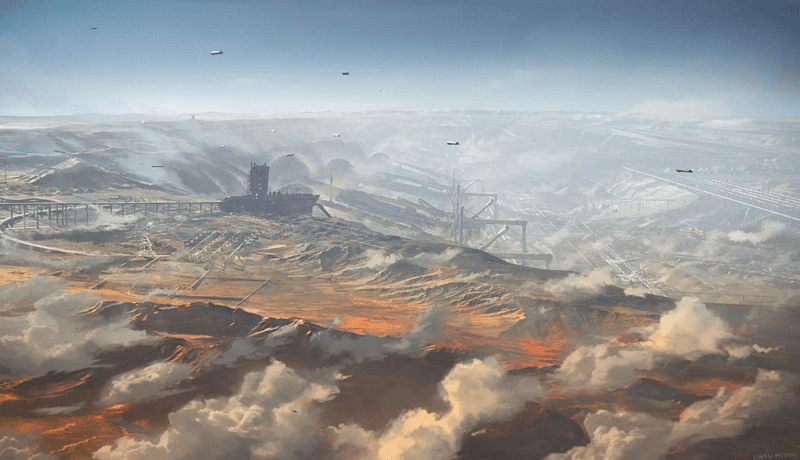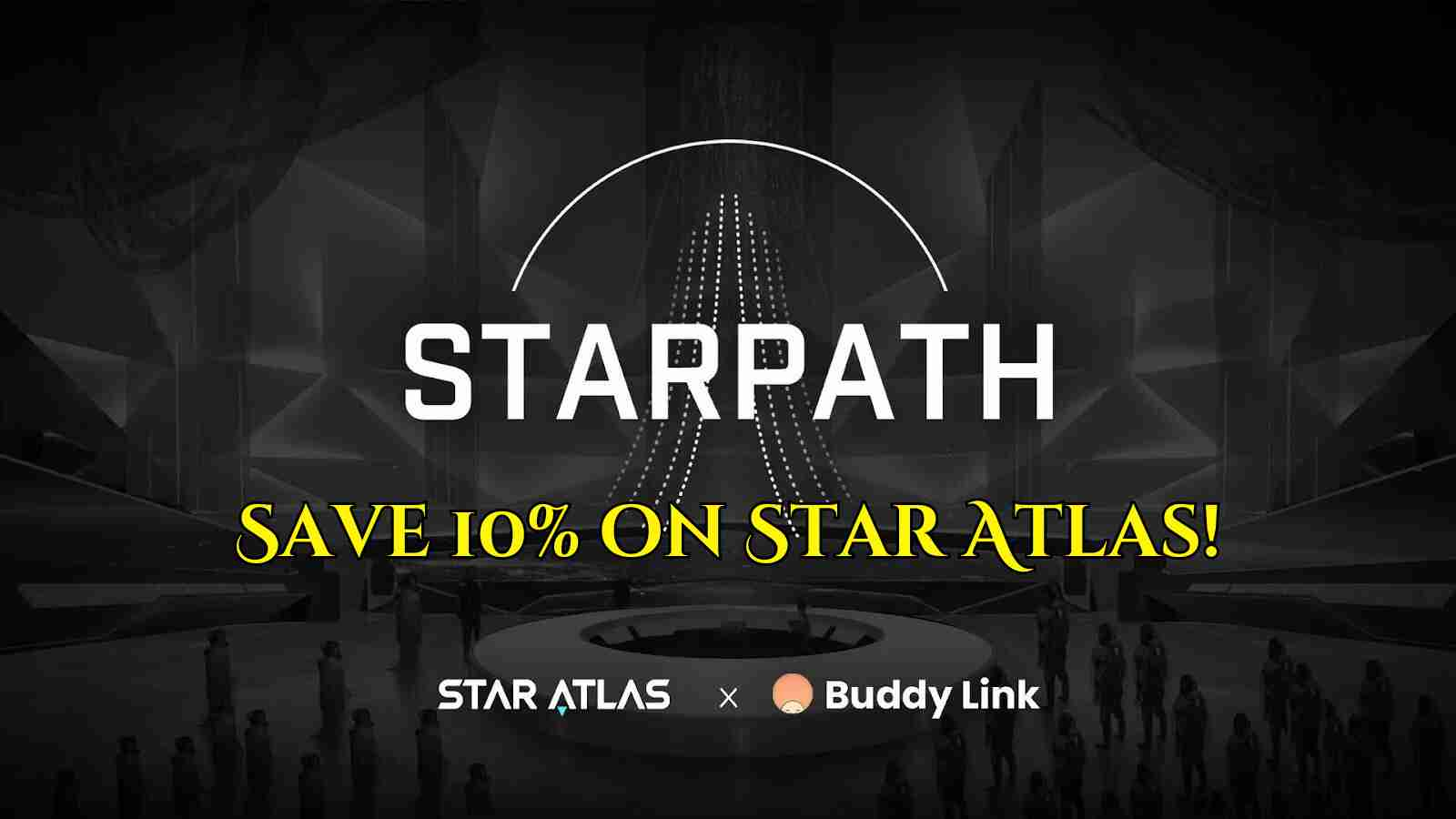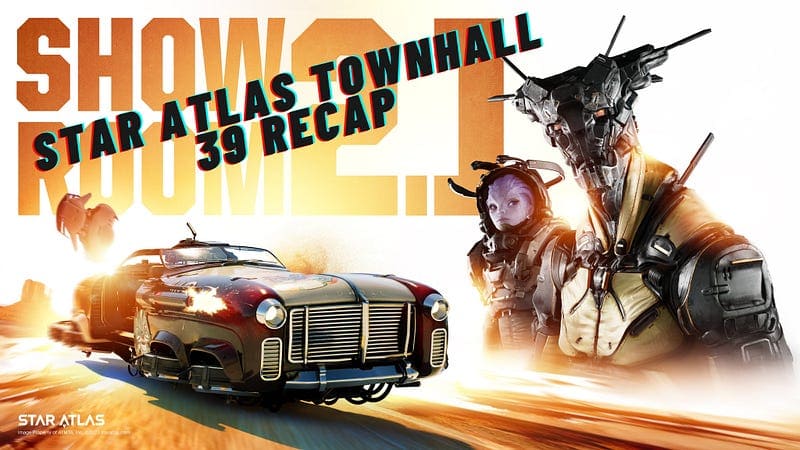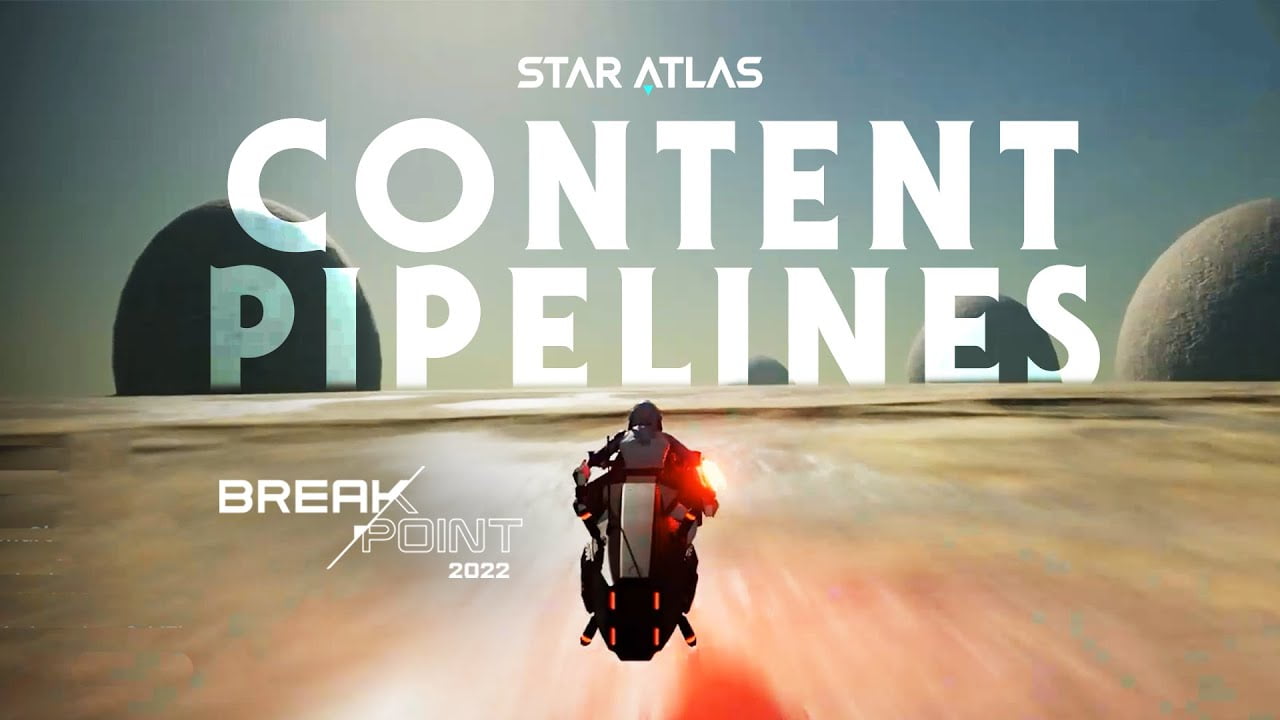Star Atlas Land Sales Coming in the Future
The sale of land in any metaverse is an important financial and social aspect of building out a digital world. Digital real estate ownership exploded in 2021. Last year alone, Metaverse land sales were estimated to have generated $500 million in revenue. In 2022, virtual land sales continued despite the downturn in economic outlook. Just last month, Illuvium hosted a private land sale that generated a whopping $72 million over a period of three days. American music artist and rapper Snoop Dogg purchased land in the popular Sandbox metaverse to build a digital mansion where he regularly hosts large parties. No matter what metaverse you may wander in to, its very likely that parts of the land you visit is owned by the players themselves. Thus, it’s no surprise that a land ownership system and land sales will eventually come to the Star Atlas metaverse. While an official date for Star Atlas land sales has yet to be announced, players and investors are patiently waiting for their opportunity to own a piece of the Star Atlas galaxy.
What we know about Star Atlas Land
We’ve broken down what we know into several categories based on the level of confidence we have about a feature. Most of the information below comes from conversations with the Star Atlas development team in the Star Atlas Discord.
Land sales won’t happen for at least six months, if not longer.
According to the current list of planned Star Atlas releases remaining for 2022, Star Atlas land sales is not one of them. In a simple Q&A forum, ATMTA CEO Michael Wagner stated that “land sales are likely 6 months to 1 year away” although that timeline could potentially be shifted even later depending on development schedules. Creating, building, organizing, and marketing an entire virtual landscape is no simple task.
There are at least two land categories — Industrial/Commercial and Cosmetic
Industrial/Commercial — This type of land encapsulates all land utilized for economic activity. That includes mining, refining, crafting, AND any player generated e-commerce activities. The first three activities are known game loops that will be implemented into Star Atlas. The last category leaves the door open for the establishment of metaverse businesses in Star Atlas. Like The Sandbox game, players may be able to create and design their own virtual businesses for the player economy. In a speech at the 2022 GDC, Wagner described in-depth the vision for the future of social and economic activity within the Star Atlas metaverse.
Cosmetic — This category of land describes land used for player dwellings. Players will likely be able to decorate and design their own habitats for personal or social enjoyment. A feature that will likely be requested by the community is the ability to create Guild Buildings or Guild Halls, a common feature found in other popular MMO games.
5 tiers of land exist
In order to own or claim land, players must have a Land Claim Stake. These stakes come in five tiers, 1 through 5, and correspond to an equivalent land size. To claim the highest and largest piece of land, players must own a Claim Stake Tier 5.
Land sales will primarily be for the Low Risk and Medium Risk Zones
In another Alpha drop, land sales will be primarily for the low risk and medium risk zones. This makes the most sense since these two zones will likely become the galactic population centers around which trade activity will originate.
Players or groups of players may be able to own entire planets
The exact parceling of Star Atlas Land Sales is not currently know. Planets will exist in the Star Atlas metaverse, but it is unknown how many land claims a single planet may be divided into. If land claims are small in number, it may be possible for a group of players to collectively own a single planet.
Land may be subject to local player governed taxes
The Star Atlas galaxy will likely be divided into several administrative regions, each governed by subsequent layers of player driven laws. These laws, implemented through local and regional proposals, may introduce a taxation system similar to local and state excise taxes. The generation and management of taxes could potentially be an additional layer of gameplay and will require due diligence in implementation.
Land cannot be attacked in the LRZ, disabled in the MRZ, and destroyed in the HRZ
While still speculative, since non-consensual combat is prohibited in the Low Risk Zone, it’s extremely unlikely that players will be able to attack land or structures in the LRZ. In the MRZ, player vs player combat is enabled but permanent destruction of assets does not exist. This likely will apply to player owned land and structures in the MRZ. What can happen, however, is that land may become temporarily disabled, requiring repair before that land is productive again. In the High-Risk Zones, its quite possible that land or structures can be permanently destroyed.
Risk is not without rewards. Land in the medium and high risk zones will be more efficient at production, and thus reward emissions, than the low risk zone. Maximizing profit through land ownership will take a careful evaluation of one’s risk management and asset protection practices.
Land and Structure Design
It’s currently unknown how much leeway land owners will have in designing their land, structures, and dwellings. The Sandbox offers a built in voxel edit system used to create objects within their metaverse. We should expect Star Atlas to provide some degree of player customization tools. However, since Star Atlas is a Unreal Engine 5 project, these tools may be limited and require some technical expertise to operate.
About the Author: Krigs
Star Atlas Discount
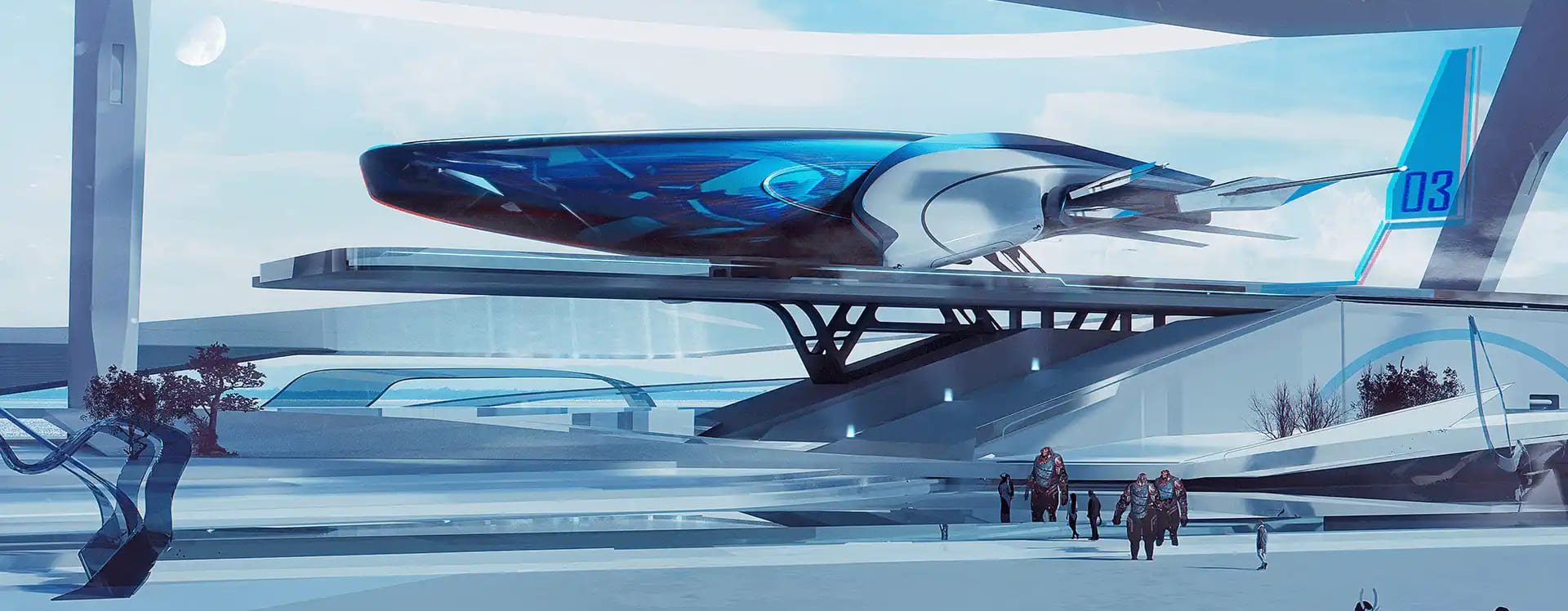
news via inbox
Get news from the Hologram first

